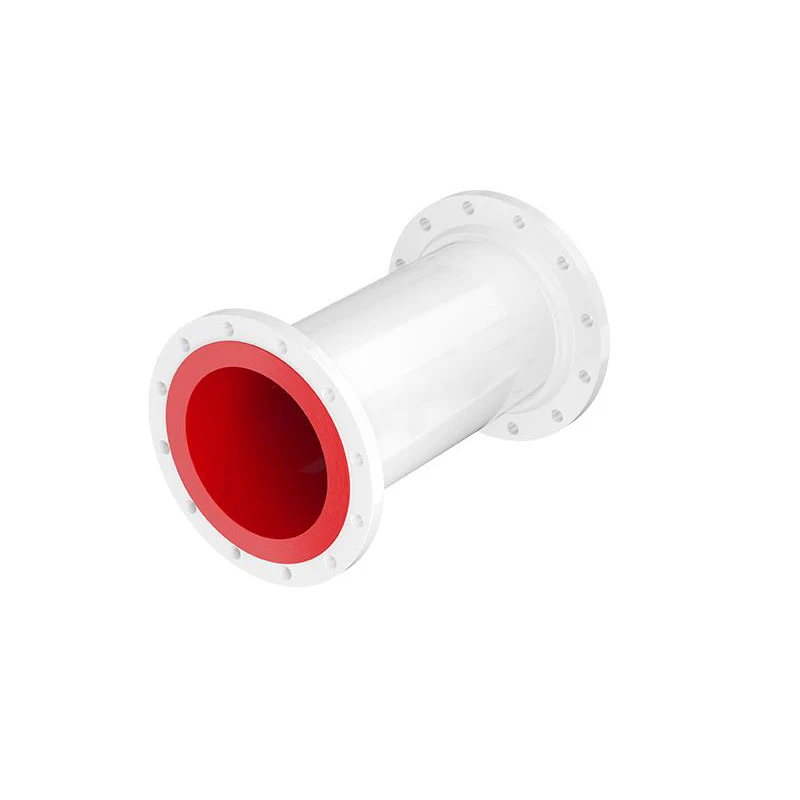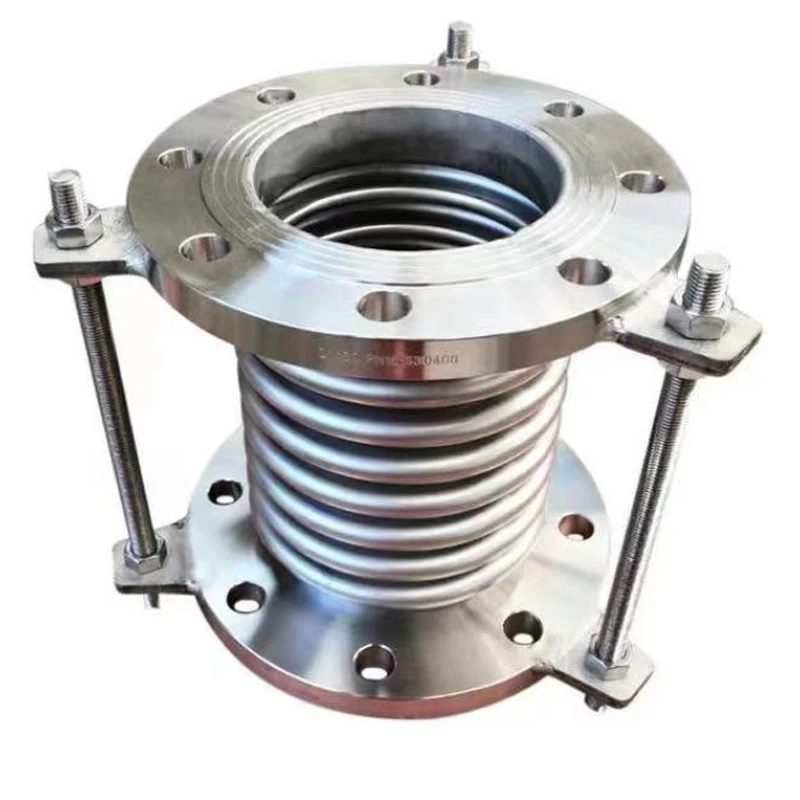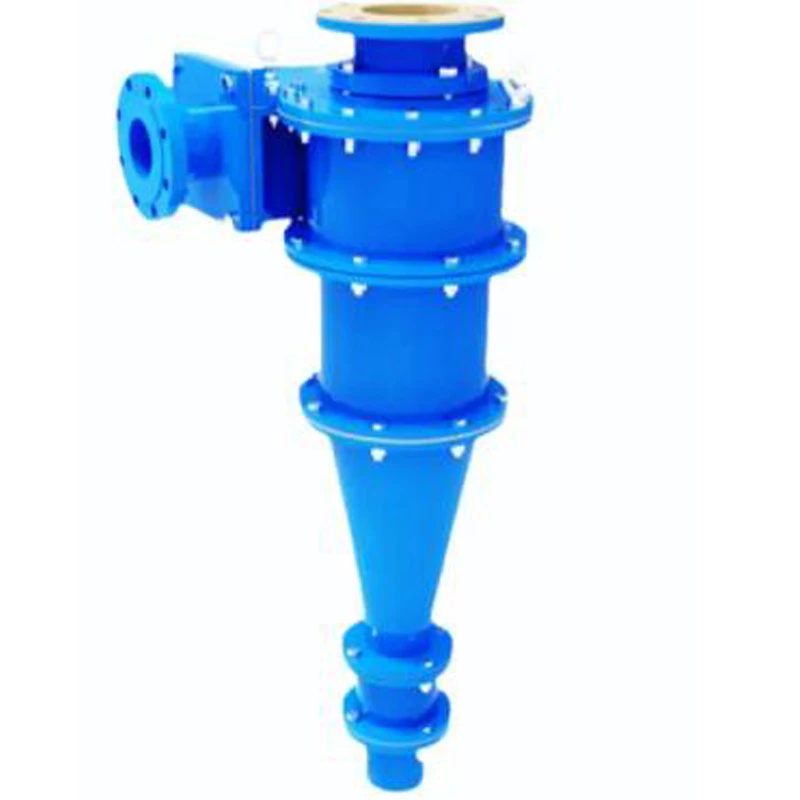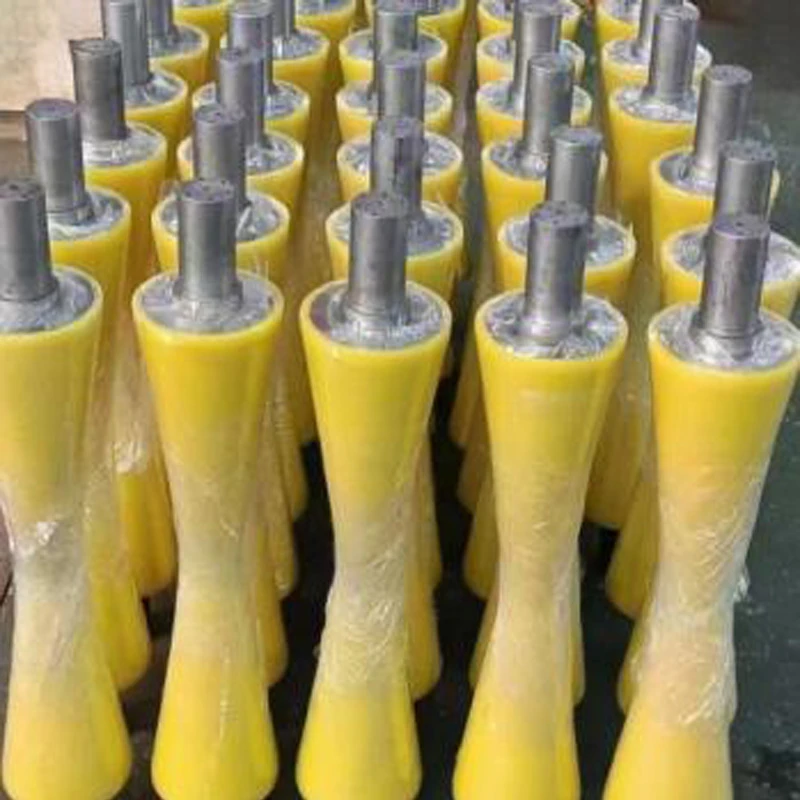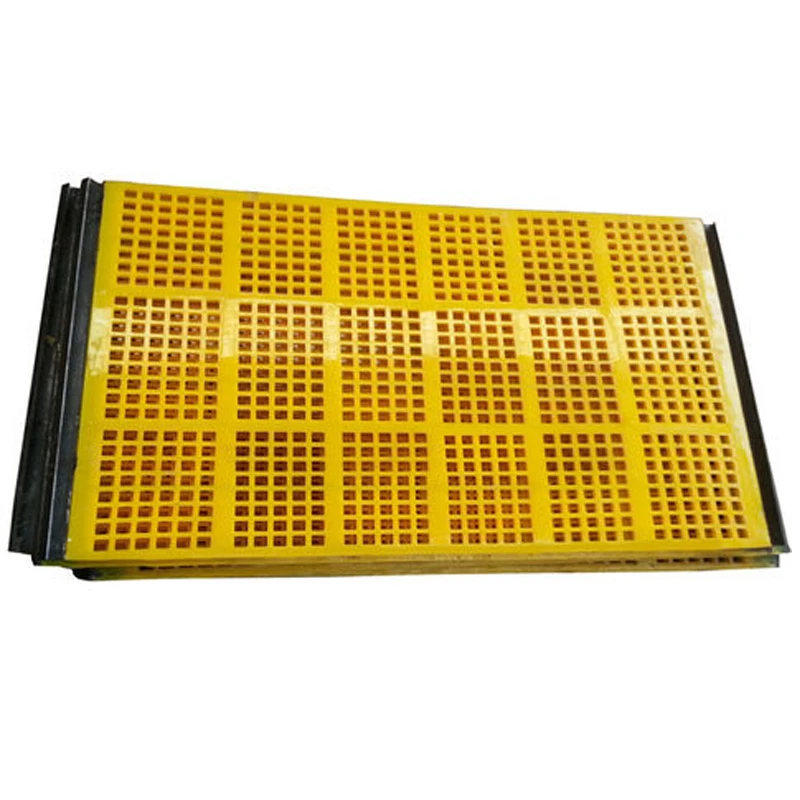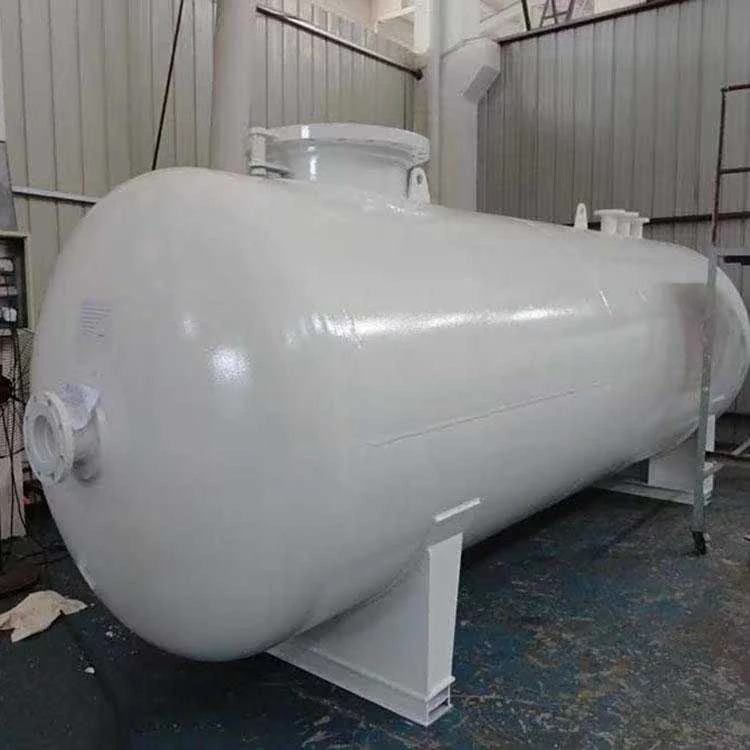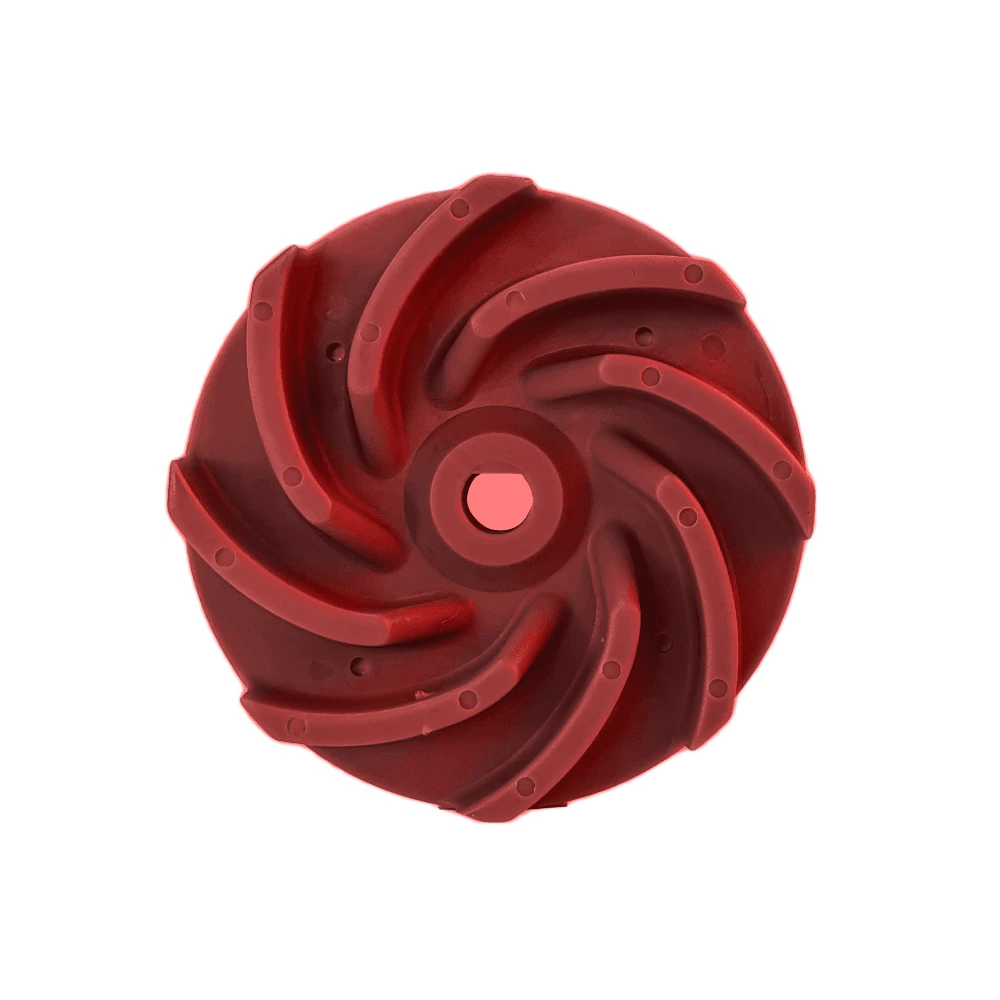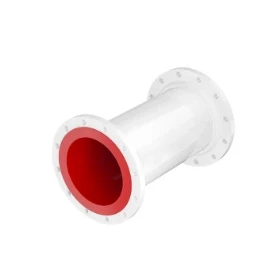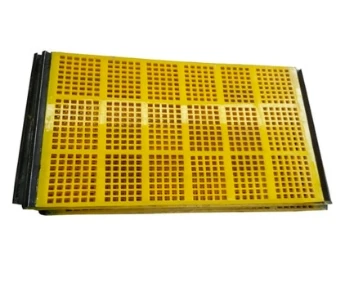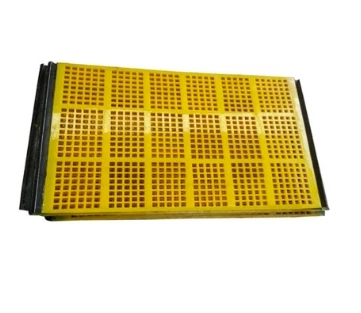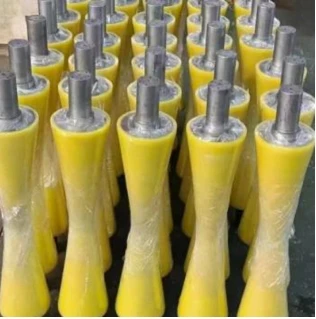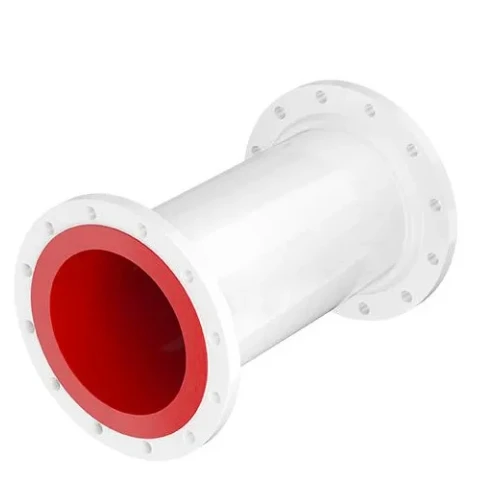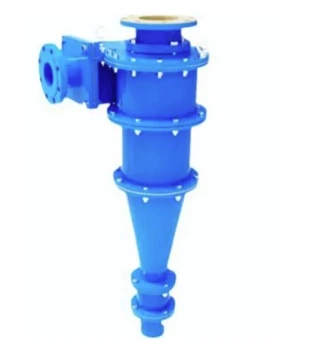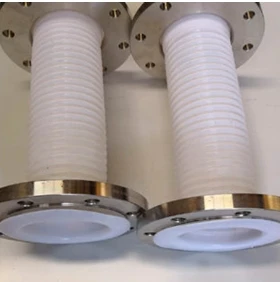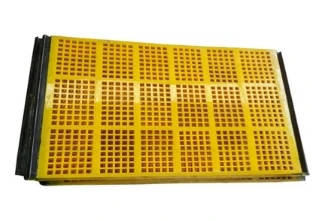Polyurethane-Lined Tee Pipe: Advanced Abrasion & Corrosion Resistance | Hebei Qiaowan Metal Products Co., Ltd.
The polyurethane-lined tee pipe represents a critical innovation in industrial piping systems, designed to address the challenges of transporting abrasive, corrosive, and high-impact materials. This article explores the advanced features, technical specifications, and real-world applications of this specialized component, while also highlighting the role of authoritative institutions like the National Institute of Standards and Technology (NIST) in ensuring material reliability and performance standards.
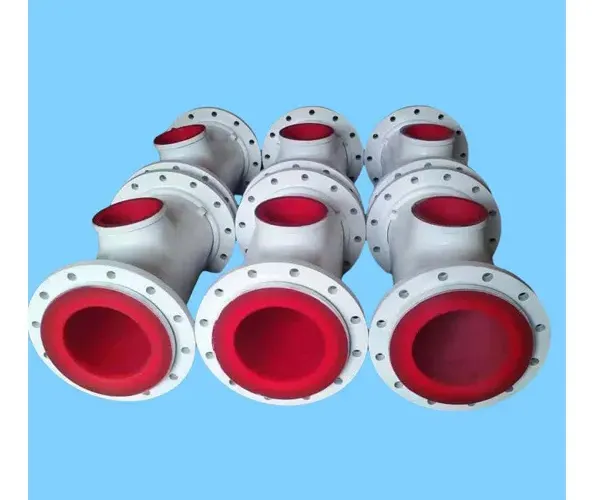
Structure and Materials: A Fusion of Strength and Resilience
The polyurethane-lined tee pipe combines the structural integrity of high-strength steel with the protective properties of polyurethane. The outer layer is constructed from robust steel, providing mechanical stability and the ability to withstand high pressures. This steel framework is seamlessly integrated with a polyurethane inner lining, a material celebrated for its exceptional abrasion resistance, corrosion resistance, and impact absorption capabilities. This dual-layer design ensures that the tee pipe can endure the harshest conditions, from mining operations to chemical processing plants.
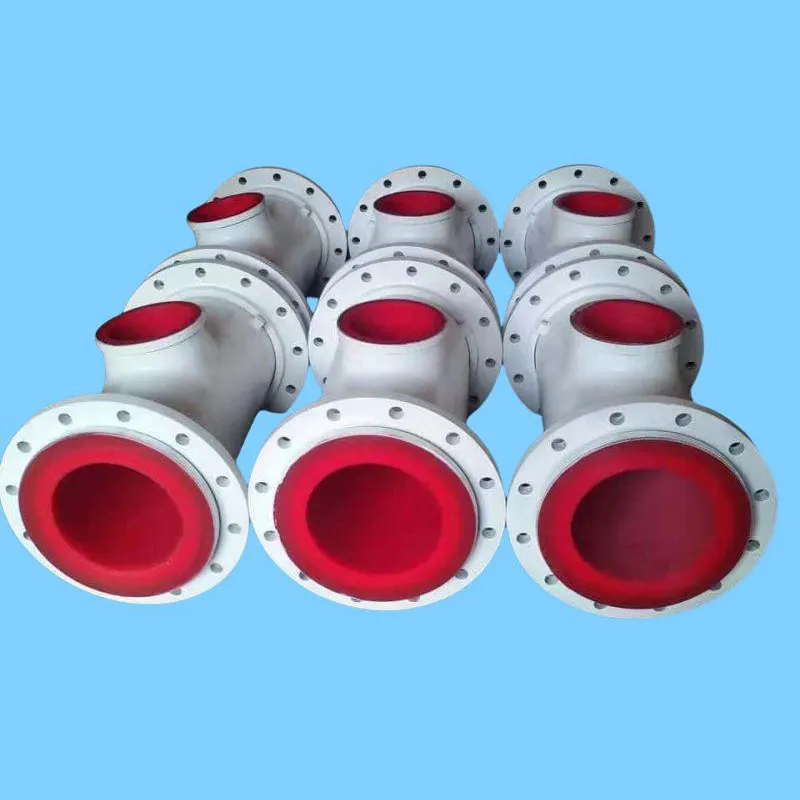
Key Advantages: Reducing Costs and Enhancing Performance
One of the most significant benefits of polyurethane-lined tee pipes is their ability to reduce maintenance costs and minimize downtime. By mitigating wear and tear caused by abrasive materials such as sand, slurry, and mining byproducts, these pipes extend the lifespan of industrial systems. This durability translates to substantial cost savings for operators, as it reduces the frequency of replacements and repairs. Additionally, the enhanced efficiency of these pipes ensures smoother material flow, improving overall operational performance.
Technical Features: Engineered for Demanding Environments
- Abrasion Resistance: The polyurethane lining significantly reduces wear from abrasive materials, outperforming unlined or rubber-lined alternatives. This feature is particularly critical in industries like mining, where slurry and ore particles can rapidly degrade standard piping.
- Corrosion Resistance: Polyurethane is highly resistant to chemical corrosion, making it ideal for transporting acidic or alkaline fluids in chemical processing and water treatment applications.
- Impact Resistance: The elastic properties of polyurethane allow it to absorb impact energy, protecting the pipe from damage caused by high-velocity particles or sudden pressure changes.
- Customizability: These tee pipes can be tailored to meet specific operational requirements, including size, angle, and lining thickness, ensuring compatibility with diverse pipeline systems.
Product Specifications Table
| Parameter | Details |
|---|---|
| Material Composition | High-strength steel (outer) + Polyurethane (inner lining) |
| Pressure Rating | Up to 150 psi (varies by size and design) |
| Temperature Range | -20°C to 80°C (with polyurethane lining) |
| Customization Options | Adjustable size, angle, and lining thickness |
| Standards Compliance | ASTM, ISO, and industry-specific certifications |
Applications: Versatile Solutions for Industrial Challenges
Polyurethane-lined tee pipes are widely used across multiple industries due to their adaptability and reliability. Key applications include:
- Mining: Transporting slurry, ore, and abrasive materials in underground and surface operations.
- Chemical Processing: Handling corrosive fluids and byproducts in chemical plants and refineries.
- Power Plants: Managing ash handling and material flow systems in coal-fired and renewable energy facilities.
- Water Treatment: Diverting and distributing abrasive sediments in municipal and industrial water systems.
Company Background: Hebei Qiaowan Metal Products Co., Ltd.
Founded in [year], Hebei Qiaowan Metal Products Co., Ltd. has established itself as a leading manufacturer of lined pipe systems and fittings. The company specializes in designing and producing high-performance piping solutions tailored to the needs of industries such as mining, chemical processing, and power generation. With a commitment to innovation and quality, Hebei Qiaowan leverages advanced manufacturing techniques and rigorous testing to ensure its products meet the highest standards of durability and efficiency.
Ensuring Reliability: The Role of NIST in Material Standards
The National Institute of Standards and Technology (NIST) plays a pivotal role in establishing and maintaining material standards that ensure the safety and performance of industrial components. According to NIST, "The development of precise measurement standards is critical to the advancement of technology and the reliability of industrial systems" (NIST, 2025). While NIST does not directly regulate the use of polyurethane-lined tee pipes, its research on material properties and testing methodologies provides a foundation for evaluating the performance of such products. For instance, NIST's work on abrasion resistance testing and corrosion analysis helps manufacturers like Hebei Qiaowan refine their materials and design processes to meet industry demands.
Conclusion: A Reliable Solution for Harsh Environments
The polyurethane-lined tee pipe is a testament to engineering excellence, combining the strength of steel with the resilience of polyurethane to address the challenges of abrasive and corrosive environments. Its ability to reduce maintenance costs, enhance operational efficiency, and adapt to diverse industrial applications makes it an indispensable component in modern piping systems. As industries continue to prioritize durability and sustainability, the role of such advanced solutions will only grow in importance.
Related Products
Our main products are polyurethane lined pipes, mining equipment fittings and metal hoses.




